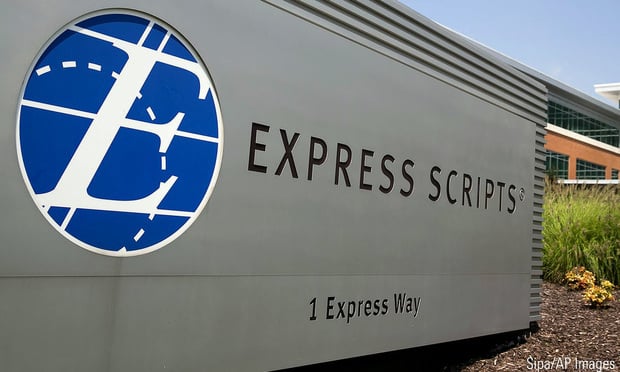The Government Accountability Office (GAO) recently released a report on Medicare Part D which found that nearly 90 percent of mid-year changes to the plan were formulary enhancements.
Formulary enhancements can add a drug to the formulary or remove or loosen restrictions on a drug. Such enhacements accounted for 87.4 percent of formulary changes in 2008 and 88.6 percent in 2009. Negative changes, such as removing a drug from a formulary, accounted for 12.6 percent of changes in 2008 and 11.4 percent in 2009. Additionally, in 2008 about 5 percent of beneficiaries (over 1.1 million beneficiaries) filled a prescription for a drug that was later affected by a negative mid-year change.
Pharmaceutical Care Management Association (PCMA) President and CEO Mark Merritt said of the GAO report, "While experts agree that pharmacy benefit managers (PBMs) help Part D come in under budget each year, GAO's new report provides fresh evidence that the Medicare drug benefit also expands access to new medications."
Recommended For You
According to Merritt, in the few cases when a drug is no longer covered under Part D, it's usually because a generic version of that drug has become available.
"This is in stark contrast to Medicaid's expensive, fee-for-service approach to pharmacy, which contributes to spiraling deficits in states all across America," Merritt said.
According to a recent report by the Lewin Group, states and the federal government could save $33 billion – without cutting benefits for patients or payments to doctors and hospitals – by updating Medicaid pharmacy benefits.
© 2025 ALM Global, LLC, All Rights Reserved. Request academic re-use from www.copyright.com. All other uses, submit a request to [email protected]. For more information visit Asset & Logo Licensing.







